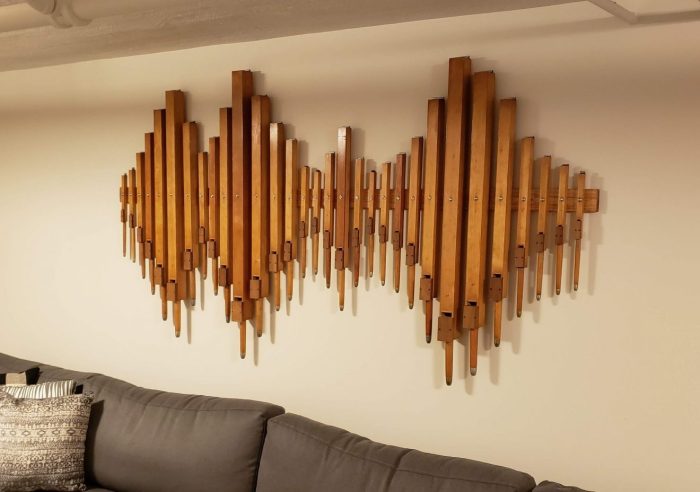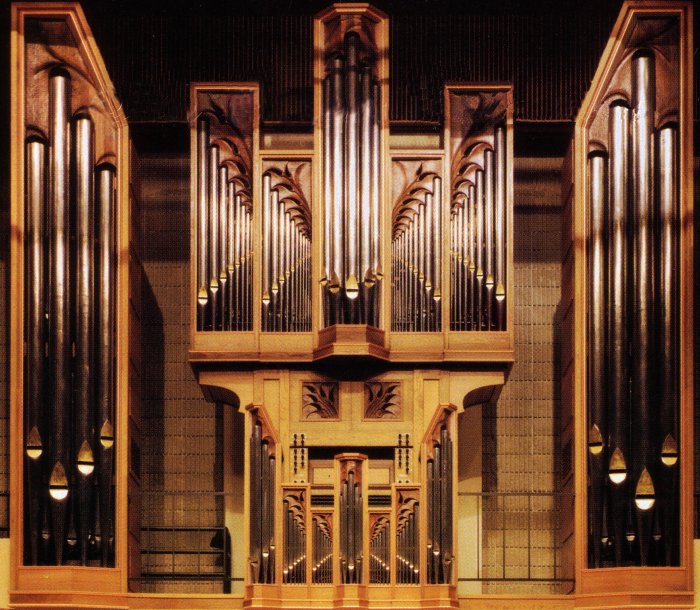Organ with a wall crossword – Embark on an intriguing journey into the world of organs with walls, where we uncover the intricate functions, fascinating clues, and diverse medical terms associated with these remarkable structures. From the protective barriers of our intestines to the intricate labyrinth of our lungs, we delve into the captivating realm of organs that define our physical existence.
As we explore the fascinating world of organs with walls, we’ll uncover their diverse functions, unravel the cryptic clues they present in crosswords, and delve into the specialized medical terminology that surrounds them. Through comparative anatomy, we’ll trace the evolutionary journey of these organs, revealing the remarkable similarities and intriguing differences that shape the diverse tapestry of life.
Organs with Walls

Organs are composed of tissues that perform specific functions in the body. Many organs are enclosed within walls, which serve various purposes and exhibit distinct characteristics.
These walls contribute to the structural integrity, protection, and compartmentalization of organs, enabling them to carry out their specialized functions effectively.
Types of Walls in Organs
- Epithelial Walls:Thin, cellular layers that line the internal surfaces of organs and form barriers between different compartments.
- Connective Tissue Walls:Comprised of fibrous and elastic tissues, these walls provide support, strength, and flexibility to organs.
- Muscular Walls:Composed of muscle tissue, these walls allow for movement and contraction, facilitating functions such as digestion and blood flow.
- Serosal Walls:Double-layered membranes that line the outer surfaces of organs and reduce friction during movement.
Crossword Clues: Organ With A Wall Crossword

Crosswords often feature clues related to organs with walls. These clues can be challenging, but they can also be a great way to learn more about the human body.
Here are a few examples of crossword clues that relate to organs with walls:
- “Organ with four chambers” (answer: heart)
- “Organ that produces bile” (answer: liver)
- “Organ that filters blood” (answer: kidney)
- “Organ that stores urine” (answer: bladder)
- “Organ that produces hormones” (answer: endocrine gland)
These clues can be clued in a variety of ways. For example, the clue “Organ with four chambers” could also be clued as “Pumping organ” or “Vital organ.” The clue “Organ that produces bile” could also be clued as “Liver” or “Bile-producing organ.”
When solving crossword puzzles, it is important to think creatively and to use your knowledge of the human body. By doing so, you will be able to solve even the most challenging clues.
If you’re stumped on an organ with a wall crossword clue, don’t fret! Check out the ap hug unit 4 practice test for a refresher on the human body and its various components. You’ll be filling in those crossword squares in no time!
Cluing Organs with Walls
Organs with walls can be clued in a variety of ways. Some common cluing methods include:
- Function:Clues that focus on the function of the organ. For example, the clue “Organ that produces bile” clues the liver.
- Location:Clues that focus on the location of the organ. For example, the clue “Organ located in the chest” clues the heart.
- Structure:Clues that focus on the structure of the organ. For example, the clue “Organ with four chambers” clues the heart.
- Medical term:Clues that use the medical term for the organ. For example, the clue “Endocrine gland” clues the pancreas.
By understanding these different cluing methods, you will be able to solve even the most challenging crossword puzzles.
Medical Terminology

Organs with walls are a vital part of the human body, performing various functions essential for survival. In the medical field, specific terms are used to describe these organs and their associated structures.
The following is a list of common medical terms related to organs with walls:
Gastrointestinal Tract
- Esophagus: A muscular tube that carries food from the mouth to the stomach.
- Stomach: A J-shaped organ that secretes gastric juices and enzymes to break down food.
- Small intestine: A long, coiled tube where most of the digestion and absorption of nutrients occur.
- Large intestine: A shorter, wider tube that absorbs water and electrolytes from undigested food, forming feces.
Respiratory Tract, Organ with a wall crossword
- Nasal cavity: A hollow space within the nose that filters and warms inhaled air.
- Pharynx: A muscular tube that connects the nasal cavity to the larynx.
- Larynx: Also known as the voice box, it contains vocal cords that produce sound.
- Trachea: A windpipe that carries air to and from the lungs.
- Bronchi: The main branches of the trachea that lead to the lungs.
- Bronchioles: Smaller branches of the bronchi that lead to the alveoli.
- Alveoli: Tiny air sacs where gas exchange occurs between the lungs and the bloodstream.
Urinary Tract
- Kidneys: Bean-shaped organs that filter waste products from the blood and produce urine.
- Ureters: Tubes that carry urine from the kidneys to the bladder.
- Bladder: A muscular organ that stores urine before it is released.
- Urethra: A tube that carries urine from the bladder to the outside of the body.
Comparative Anatomy

Organs with walls are found in a wide variety of animals, from simple invertebrates to complex vertebrates. While these organs may serve similar functions, they exhibit a range of similarities and differences in their structure and organization.
One of the most striking similarities among organs with walls is the presence of a lining epithelium. This epithelium forms the innermost layer of the organ and is responsible for protecting the underlying tissues from the external environment. The lining epithelium may be composed of a variety of cell types, including epithelial cells, mucus-producing cells, and ciliated cells.
Another common feature of organs with walls is the presence of a muscular layer. This layer is responsible for the movement of the organ. The muscular layer may be composed of smooth muscle, skeletal muscle, or a combination of both.
In some organs, the muscular layer is arranged in a single layer, while in others it is arranged in multiple layers.
The outermost layer of organs with walls is typically a connective tissue layer. This layer provides support and protection for the organ. The connective tissue layer may contain a variety of cell types, including fibroblasts, collagen fibers, and elastin fibers.
While organs with walls share a number of similarities, they also exhibit a range of differences. These differences are often related to the specific function of the organ. For example, the digestive system of a herbivore is typically longer and more complex than the digestive system of a carnivore.
This is because herbivores need to break down tough plant material, while carnivores can more easily digest meat.
The similarities and differences in organs with walls are the result of evolutionary adaptation. Over time, organs have evolved to meet the specific needs of different animals. These adaptations have allowed animals to survive and thrive in a variety of environments.
FAQ Overview
What are the different types of walls found in organs?
Organs can have various types of walls, including muscular walls for contraction and movement, epithelial walls for protection and secretion, and connective tissue walls for support and flexibility.
How can organs with walls be clued in crosswords?
Organs with walls can be clued in crosswords using their function, location, shape, or medical terminology related to their walls.
What is the evolutionary significance of similarities and differences in organs with walls across different animals?
Similarities in organs with walls across different animals suggest shared ancestry and common functions, while differences reflect adaptations to diverse environments and lifestyles.